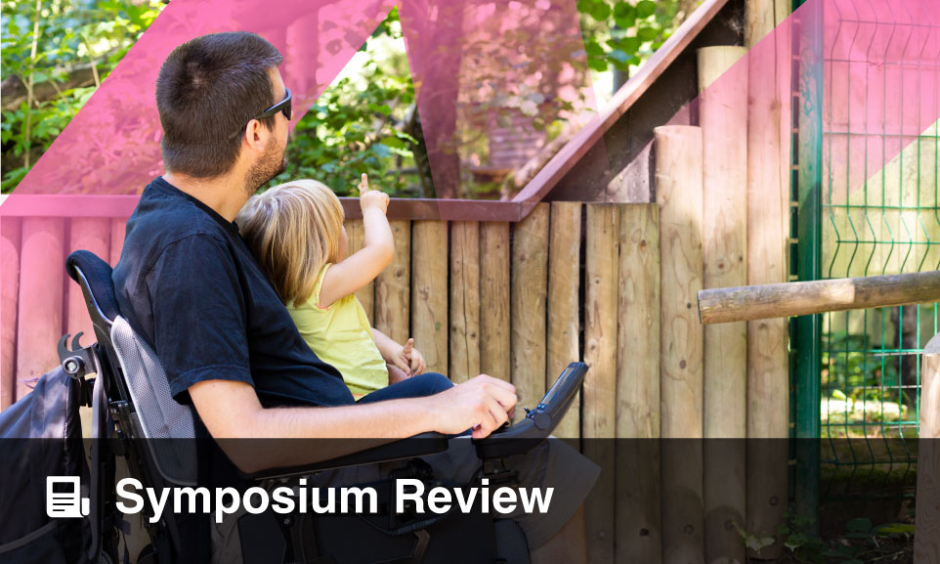Author: Ada Enesco, EMJ, London, UK
Citation: EMJ Neurol. 2025;13[1]:25-27. https://doi.org/10.33590/emjneurol/YGZF5316
![]()
IMPROVING GUIDELINE IMPLEMENTATION
Katarina Rukavina, EAN Guideline Production Group Fellow, opened the session by outlining the EAN’s approach to developing and implementing clinical practice guidelines. Designed to improve patient outcomes and reduce variability in care, these guidelines establish high-quality, evidence-based standards across neurology.
Since adopting the Grading of Recommendations Assessment, Development and Evaluation (GRADE) methodology in 2012, which enables a structured, transparent assessment of the certainty of evidence and strength of recommendations, the EAN has published 31 guidelines with contributions from over 400 taskforce members. Despite this progress, adherence remains inconsistent, ranging from 30–70% depending on the context.
To address this, guidelines must be developed with implementation in mind. Factors such as complexity, adaptability, and the clinical environment play a significant role in uptake. Rukavina emphasised the importance of planning for implementation from the outset, including the use of established frameworks, the identification of barriers, and the involvement of key stakeholders. Successful implementation also depends on educating and engaging healthcare professionals, patients, and key opinion leaders.
UPDATES IN PARKINSON’S DISEASE
Katarzyna Smilowska, from the 5th Regional Hospital in Sosnowiec, Poland, presented newly developed guidelines for first-line monotherapy in early Parkinson’s disease (PD), one of the most pressing areas of need in neurology. PD is the second most common neurodegenerative disorder globally, with an expected prevalence of 25.2 million by 2050, which is an increase of 112% from 2021.1 This growing burden emphasises the need for individualised, evidence-based treatment strategies that account for patient-specific factors such as age, sex, daily functioning, and the risk of side effects.
The last European guidelines for PD were published in 2006 by the European Federation of Neurological Societies (EFNS). The new recommendations are part of an ongoing collaboration between the EAN and the Movement Disorder Society – European Section (MDS-ES), developed using the GRADE methodology. This initiative has already resulted in guidelines on invasive treatment approaches for PD, and the current guidelines address early-stage management of PD with practical recommendations tailored for general neurologists and geriatricians.
Early PD was defined as either de novo PD (drug-naïve and untreated) or non-fluctuating PD. Critical outcomes included in the guideline assessment were health-related quality of life, severity of motor symptoms, and adverse effects such as dyskinesia and motor fluctuations. Additional important outcomes included activities of daily living, non-motor symptoms (e.g., hallucinations, delusions), carer quality of life, and treatment discontinuation due to side effects.
Key recommendations include initiating treatment in people with early PD using oral levodopa, dopamine agonists, or monoamine oxidase B (MAO-B) inhibitors over placebo. Among these, levodopa is preferred over dopamine agonists or MAO-B inhibitors as the initial treatment choice. The guidelines advise against starting combination therapy at this early stage, and note that there is insufficient evidence to make a recommendation for or against the use of amantadine. Clinicians are also encouraged to provide patients and their caregivers with clear information about the potential side effects and safety profiles of the available treatments, including risks related to behavioural and cognitive disorders, excessive daytime sleepiness, sudden onset of sleep, and motor complications. Once the guideline has achieved consensus among taskforce members, it will be submitted for publication.
NEW GUIDELINES ON INFECTIOUS ENCEPHALITIS
Johann Sellner, Landesklinikum Mistelbach-Gänserndorf, Austria, introduced the forthcoming joint EAN-European Society of Clinical Microbiology and Infectious Diseases (ESCMID) guidelines on the diagnosis and management of infectious encephalitis (IE) in adults. Expected to publish by the end of the year, these are the first IE guidelines to use the GRADE methodology.
IE remains a serious global health concern, and is most often caused by viral infections. Despite medical advances, case fatality rates still range from 5–15%, and up to two-thirds of survivors experience long-term complications such as cognitive impairment, epilepsy, or chronic headaches.2,3 The last major European guideline on encephalitis was published in 2010 by the EFNS, and focused primarily on viral meningeal encephalitis. Since then, the clinical landscape has shifted significantly. New causative agents (e.g., bornavirus) have been identified, arboviruses such as West Nile virus and dengue virus have spread geographically, and there has been an increase in at-risk populations, including individuals who are immunosuppressed. Advances in diagnostics (e.g., next-generation sequencing, multiplex PCR) and new clinical data (such as the DexEnceph trial4 assessing dexamethasone for herpes simplex virus encephalitis) further justify an updated approach.
The new guideline, developed by a taskforce of 30 experts from nine European countries, includes 16 population, intervention, comparison, and outcomes (PICO) recommendations. Sellner highlighted five key PICO questions, two of which are supported by sufficient evidence for formal recommendations.
Key recommendations from the upcoming EAN-ESCMID guidelines emphasise that clinical features alone, such as abnormal behaviour, myoclonus, brainstem signs, and Parkinsonism or tremor, should not be solely relied upon to guide the management of suspected IE, as these symptoms may reflect other pathogens or autoimmune conditions. Instead, clinicians should conduct a thorough patient history, including immune status, recent travel, contact with infectious individuals, exposure to mosquitoes or ticks, and interaction with animals or potentially contaminated food, as this can offer critical diagnostic clues.
In terms of microbiological testing, the taskforce conditionally recommends against replacing pathogen-specific PCR testing of cerebrospinal fluid with multiplex PCR panels, due to the latter’s lower sensitivity, particularly for herpes simplex virus-1 detection. Regarding treatment, intravenous acyclovir should be initiated as early as possible, ideally within 6 hours of hospital presentation, when encephalitis is suspected. However, the routine use of corticosteroids in herpes simplex virus encephalitis is not recommended, as current evidence does not support a beneficial impact on clinical outcomes.
Additional recommendations in the guideline address the use of CT before lumbar puncture; further investigations such as brain biopsy, neuroimaging, and electroencephalogram; the dosing and duration of acyclovir therapy; and the rehabilitation and follow-up care of patients recovering from IE.
CONCLUSION
The latest updates to EAN guidelines reflect the organisation’s commitment to ensuring evidence-based, practical, and implementable recommendations in neurology. By focusing on both emerging evidence and real-world application, the new guidance on PD and IE promises to better equip clinicians in addressing current and emerging challenges in neurology.





